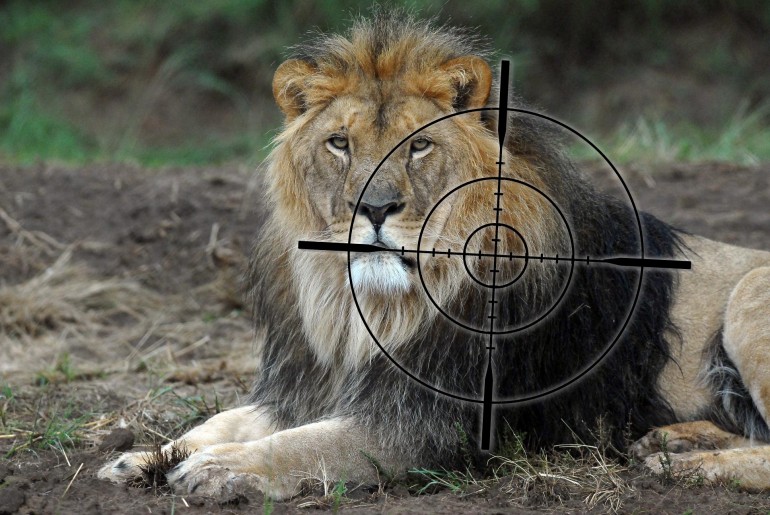Sponsored Listings:
The Department of Environmental Affairs (DEA) has defended its decision to approve the export of 800 captive-bred lion skeletons to Asia this year, despite tourism and conservation stakeholders voicing concerns that this will do damage to South Africa’s reputation as an ecotourism destination.
The DEA has said the decision was reached following consideration of inputs from stakeholders and the scientific research and is in line with CITES requirements. “The decision on the annual export quota was reached following an extensive stakeholder consultation process during which the department considered all variables, including scientific best practice. It cannot be said, therefore, that this determination was made arbitrarily or in a non-transparent manner,” said Minister of Environmental Affairs, Edna Molewa.
However, various sources have claimed only eight days, rather than 30, were allowed for comment and no feedback was received regarding form submissions regarding the setting of the quota.
Several safari companies joined forces to object to the proposal earlier in the year. Amongst the signatories of the joint statement was Singita.
Neil Midlane, Singita’s Manager for Conservation Projects, says the submission highlighted the conservation risk to wild lions and the risk to Africa’s ecotourism industry. “The fact that the quotas were issued in spite of these risks, which affect lions at a continental level, and the wildlife tourism industry in South Africa, is concerning.”
The department has also stated that the quota is an attempt to curb demand for illegally sourced wild lion bones. The demand, which stems from Asia, is in response to the decline in the availability of tiger bones, with lion bones being used as a replacement. “A well-regulated trade will enable the department to monitor a number of issues relating to the trade, including the possible impact on wild populations,” said the DEA in a statement.
Among those raising their concerns is the Endangered Wildlife Trust (EWT), which believes the practice of farming lions for their bones may have a number of negative impacts on the species and conservation efforts and that the DEA’s assumptions on curbing demand for wild lion bones may be deeply flawed. In fact, rather than reducing demand for illegal lion bones, the EWT believes the legal export may, in fact, further stimulate demand and result in increased poaching.
This was reiterated by Midlane, who said, according to leading conservation organisations like Panthera, there was little to no market for lion bones in Asia until South Africa’s canned hunting and lion-breeding industry created it by supplying bones from captive-bred cats. “Since then, evidence suggests that targeted poaching of wild lions for their bones has increased in other African countries. As the South African supply increases, lion scientists believe the product will become more widely used, increasing demand further, leading to more wild lions being poached in other countries, with their bones following the same smuggling routes as ivory, pangolin scales and other illegal products.”
The EWT also stated that the lion bone trade had the potential to damage ‘Brand South Africa’. In a statement, it said: “The global public pressure that was experienced following the release of the documentary ‘Blood Lions’ will likely be increased as a result of this quota. This has the potential to damage the good reputation that South Africa has as a tourism destination and a sustainable use and conservation leader.”
Midlane added: “Some of the world’s leading cat conservation NGOs have stated that the decision has no positive conservation value and, in fact, will almost definitely have a negative impact on wild lion populations. The association of Brand South Africa with the widely discredited canned lion breeding and hunting industry will now be even stronger and can only be negative for the country.”
He says the model of photographic tourism as a sustainable use of wildlife is a far better approach in terms of benefit to both conservation and rural communities.
Sоurсе: tourismupdate.co.za










